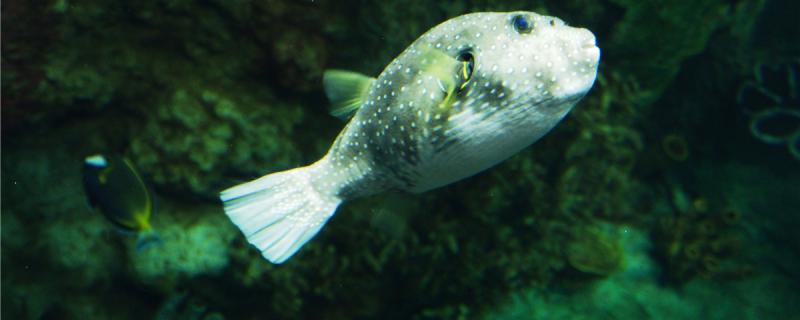 1. Precautions for domestic puffer fish
1. Precautions for domestic puffer fish 1. Quiet environment: puffer fish are less daring, and they are easily frightened if there is a loud sound around them. After being frightened, puffer fish may swell and refuse to eat. To breed puffer fish artificially, it is necessary to keep the breeding environment quiet to avoid them being frightened.
2. Clean water quality: When breeding puffer fish artificially, pay attention to clean water quality. They have high requirements on water quality, and they need to keep the water quality clean and fresh when breeding.
3. Environmental stability: The requirements of puffer fish on the environment are not particularly high, but they are still sensitive to environmental changes. When breeding artificially, it is best to keep the surrounding environment stable and not to fluctuate too much.
2. Breeding methods of domestic puffer fish1. Water temperature: Small puffer fish live in a warm environment. It is best to keep the water temperature above 20 ℃ when raising small puffer fish at home. As long as the water temperature is constant, they will not suffer from great discomfort under normal circumstances.
2. Water quality: Small puffer fish likes clean and refreshing water quality, and it is necessary to keep the water quality clean when cultured artificially. In addition, puffer fish all live in water, so it is necessary to use seawater for artificial culture. If there is no seawater, you can also add some sea salt, which will be more suitable for their growth.
3. Feeding: The puffer fish is an omnivorous fish, and there are many kinds of food that can be eaten. But what they like best is animal feed. When they are farmed artificially, they can be fed more small fish, shrimp, shellfish, crabs, snails and other foods. When puffer fish grows up, it can also be fed with some synthetic feed to ensure balanced nutrition.